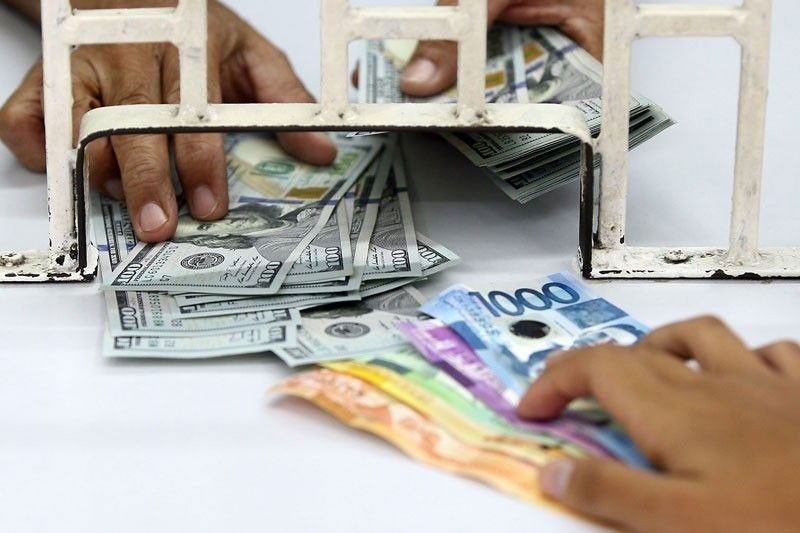Remittances shrug off HK protests, Gulf conflict to hit ‘all-time high’ in 2019

MANILA, Philippines — Disruptions from the Hong Kong protests, conflict on the Gulf area and the weakening European economies failed to stall the uptick on dollar remittances from overseas Filipinos last year, the Bango Sentral ng Pilipinas (BSP) reported on Monday.
Cash remittances coursed through banks hit an “all-time high” of $30.13 billion in 2019, up 4.1 percent year-on-year. The growth rate beat the central bank’s 4-percent projection for the year, and marked a rebound from the previous year’s 3.1 percent, which was the slowest in 17 years.
In December alone, cash remittances inched up 1.9 percent to $2.9 billion, data showed.
“Notwithstanding pockets of political uncertainties across the globe, cash remittances in 2019 remained strong,” the BSP said in a statement.
Broken down, traditional sources of remittances in the Middle East continued their decline last year. Fresh from a 15.2-percent slump in 2018, which was the worst record since 1997, inflows from the Gulf area dropped another 9.8 percent in 2019.
Broken down, annual declines in remittances were observed in Egypt, where it dropped 55.4 percent; Iraq (-31.5 percent); Qatar (-24.8 percent); United Arab Emirates (-21.8 percent); Saudi Arabia (-5.9 percent); Jordan (-3.1 percent); and Lebanon (-0.4 percent).
The Middle East, where US President Donald Trump is stoking geopolitical conflict through his relations with Iran, is home to 57 percent of overseas Filipino workers as of 2017, government data showed.
The months-long democracy protests in Hong Kong also forced Filipinos to remit lower earnings back home. BSP data showed remittances from more than 200,000 Filipino workers in Hong Kong decreased 5.1 percent.
In Europe, remittances from Germany and France, eurozone’s biggest economies that suffered an economic slowdown, went down 11.3 and 17.8 percent, respectively.
Offsetting the drops were higher inflows elsewhere. In the US, which with 37.6 percent share remains the top source of remittances, Filipinos increased their remittances by 13.3 percent year-on-year.
In contrast to Hong Kong, much of Asia also contributed highly to remittance inflows, which in the region grew more than a tenth from year-ago levels. This was driven by rising remittances from countries like South Korea (up 101 percent year-on-year), Sri Lanka (up 30.7 percent) and Japan (up 18.6 percent).
“Filipinos found a way to send home remittances throughout the global financial crisis and every other economic downturn experienced around the globe,” said Nicholas Mapa, senior economist at ING Bank in Manila.
“In the past, OF (overseas Filipino) remittance flows managed to defy sceptics, posting strong growth even in times of global recession or geopolitical events which caused substantial upheaval of Filipinos in their host countries,” Mapa added.
For this year, Ruben Carlo Asuncion, chief economist at UnionBank of the Philippines, said the novel coronavirus will likely have a “minimal” impact on remittances considering that inflows from China — where the outbreak is concentrated — are smaller compared to other sources.
“The biggest downside would be the decline of inflows coming from Singapore, that has a bigger portion of inflows contribution among host economies. But, overall, the impact may be minimal and recovery may be quick,” said Asuncion, who is penciling in an above-4 percent remittance growth this year.
Apart from the US, top remittance sources last year were Saudi Arabia, Singapore, Japan, United Arab Emirates, the United Kingdom, Canada, Hong Kong, Germany and Kuwait.
Remittances give recipient Filipino families more cash to spend and augment domestic wages, boosting household consumption which, in turn, fuels economic growth. These inflows also help offset the country’s widening trade gap and current account deficit, strengthening the local currency.
- Latest
- Trending





























